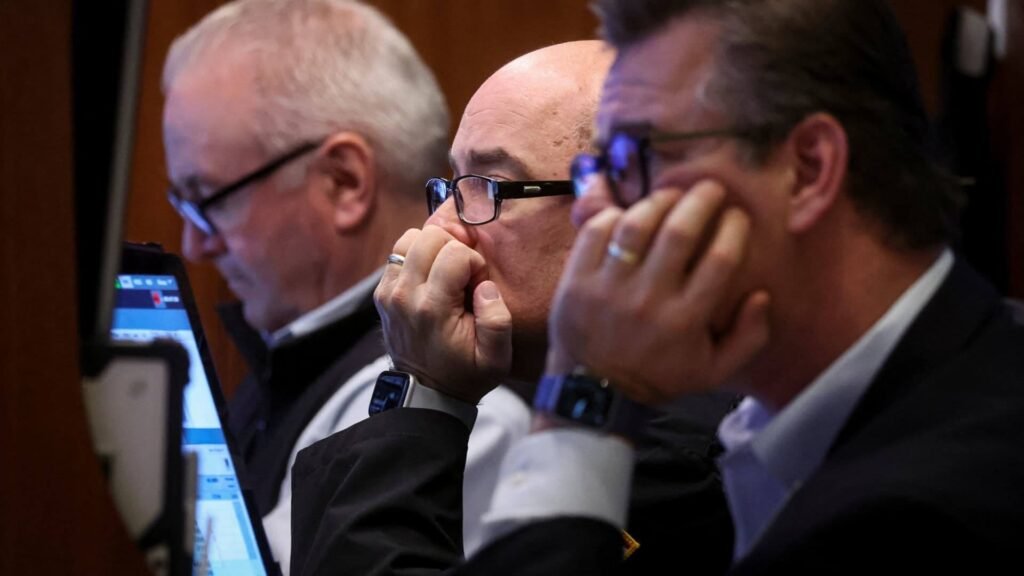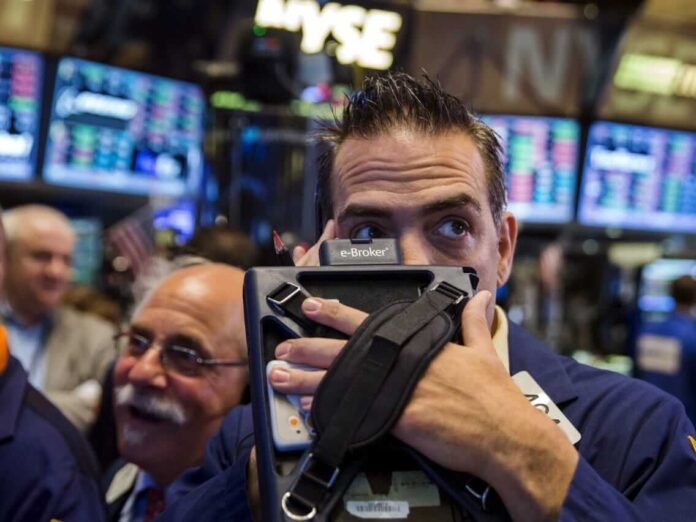This Content Is Only For Paid Member
Market participants attribute the recent sluggishness in U.S. stocks to the approaching expiration of options, set to be the largest on record for S&P 500-linked derivatives, totaling around $5 trillion. With 80% of these options tied to the S&P 500, the event is deemed the most significant expiration in at least two decades, according to Asym500 MRA Institutional.
Typically, large options expirations can heighten market volatility. However, ahead of this record expiration, dealers are adjusting their positions, contributing to a dampening effect on stock fluctuations. This behavior is considered one of the factors behind the recent narrow trading range observed in equities.
Despite a year that saw a 21% gain in the S&P 500, recent market movements have been relatively subdued. The benchmark index has experienced no greater than a 1% move in either direction for 19 consecutive sessions, marking the longest streak since early August. Concurrently, the Cboe Volatility Index (VIX) is at 12.07, nearing a 4-year low.

Options dealers play a significant role in maintaining stability by acting as intermediaries between derivatives buyers and sellers. The surge in options trading volume, on track for a record year with an average daily volume of 44 million contracts, is influenced by the popularity of exchange-traded funds (ETFs) selling options to generate income. These ETFs have doubled in size in 2023, controlling approximately $60 billion, contributing to robust options selling activity.
Dealers, who are currently net long “gamma,” adjust their positions by continuously buying and selling stock futures to keep their exposure neutral. The sheer volume of options set to expire has led to increased buying and selling activities, effectively constraining stock movements within a tighter range.
Nomura strategist Charlie McElligott suggests that dealers’ positioning is likely to prevent a deeper selloff in the market between now and year-end. The muted stock moves are also attributed to factors such as volatility targeting funds, commodity trading advisers, and historical tendencies of the VIX to remain subdued once it hits the bottom of its trading range.
The ongoing lull in volatility may extend to the Federal Reserve meeting on Wednesday, where market participants are eager for hints about potential rate cuts. The expiration of options is expected to ease the grip on stocks, potentially leading to more dynamic market movements following the event.




